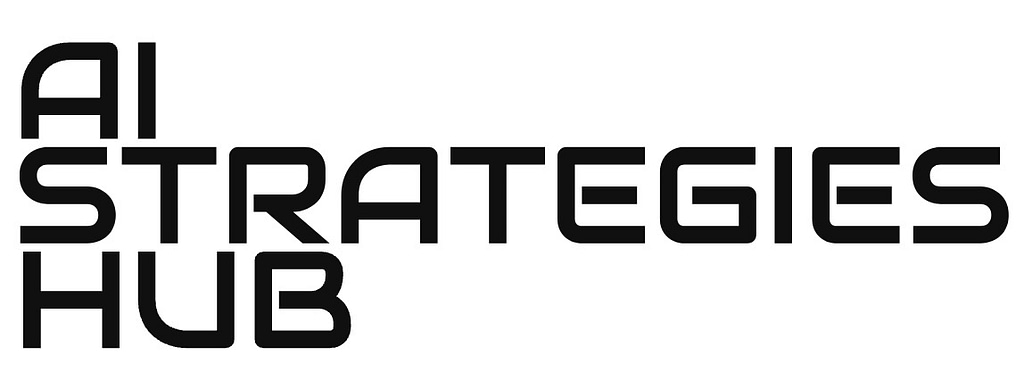The Driving Force Behind AI
As we delve deeper into the world of artificial intelligence (AI), one key tool stands out as the driving force behind the AI revolution: machine learning.
Unpacking Machine Learning
At its core, machine learning is about teaching computers to learn and make decisions from data. Imagine you have a task that involves mapping an input (A) to an output (B). This is the essence of supervised learning, the most commonly used type of machine learning. Let’s break it down with some practical examples.
Suppose you want to classify emails as spam or not.
In this case, the input (A) is an email, and the output (B) is a binary decision, either 0 (not spam) or 1 (spam). This application of supervised learning is fundamental to building spam filters that protect your inbox.
Another example is speech recognition. When you input an audio clip, the machine’s task is to output the corresponding text transcript. This is achieved through supervised learning, enabling technologies like voice assistants and transcription services.
Machine translation, a powerful application, involves inputting text in one language and obtaining an output in another, such as English to Chinese or Spanish. This demonstrates how machine learning transcends language barriers.
Online advertising, while not the most glamorous, is a lucrative form of supervised learning. Here, AI analyzes information about an ad and user data to predict whether you will click on it. By displaying ads tailored to your preferences, online platforms optimize their revenue.
Machine Learning in Various Industries
Machine learning’s impact extends beyond email filters, voice assistants, or advertisements. In the development of self-driving cars, AI processes input data like images and sensor information to output the position of other vehicles, ensuring safety on the road.
Manufacturing benefits from machine learning in visual inspection. By inputting images of products, manufacturers can detect defects like scratches or dents, preventing faulty items from reaching consumers.
The Rise of Supervised Learning
While the concept of supervised learning has been around for decades, its recent resurgence is notable. Why is this resurgence happening now? A simple illustration can clarify this phenomenon.
Imagine plotting the amount of data available for a task on the horizontal axis. On the vertical axis, you measure the performance of an AI system. Traditionally, as more data was fed into AI systems, performance improved but plateaued after a certain point.
However, with the advent of neural networks and deep learning, this landscape shifted dramatically. Modern AI, powered by these technologies, demonstrates a remarkable trend: as you increase data and employ larger neural networks, performance continues to improve significantly. This exponential performance gain has driven the recent AI boom.
The Impact of Data and Computing Power
To achieve top-tier performance, two crucial factors come into play. Firstly, data is paramount. More data generally translates to better performance, which is why you often hear about the importance of big data.
Secondly, the ability to train large neural networks has become a game-changer. Advances in computing, including Moore’s law and specialized processors like GPUs (Graphics Processing Units), enable companies, not just tech giants, to train extensive neural networks on substantial datasets. This combination of data and computing power propels AI systems to deliver exceptional results and drive significant business value.
The Key Takeaway
In summary, machine learning, particularly supervised learning, is the cornerstone of AI, allowing computers to learn from data and make informed decisions. Data and the ability to train large neural networks are pivotal in achieving high-performance AI systems. As we move forward, understanding the role of data and how to leverage it within AI systems will be crucial. In the next video, we’ll explore the concept of data and delve into the types of data you might already possess for AI applications. Stay tuned for more insights on your journey into the world of AI.


